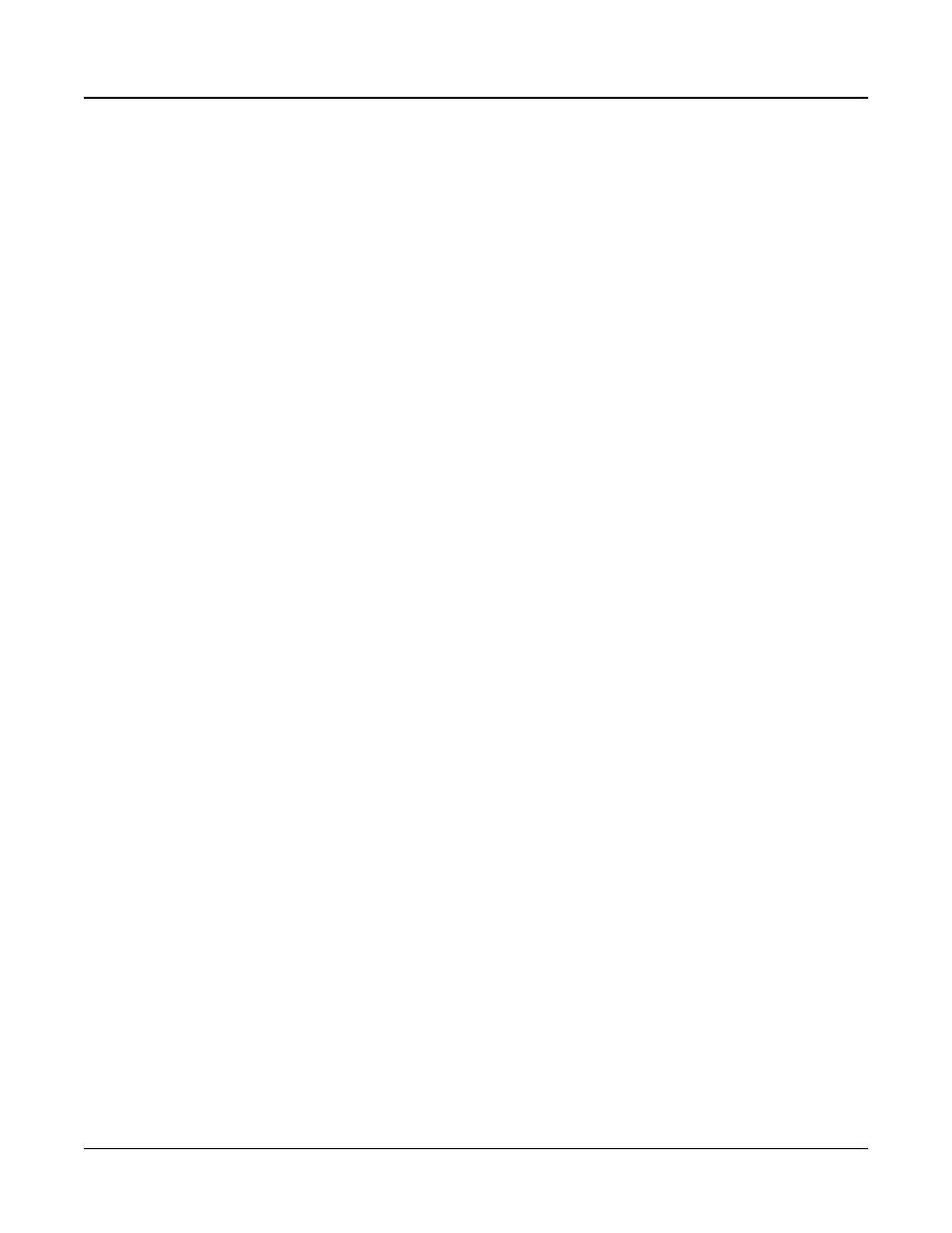Quantize, Laserverb, Quantize -18 laserverb -18 – Kurzweil Forte User Manual
Page 212

The Effects Chain Editor
Effects Parameters
8-18
Quantize
This effect produces digital distortion known as quantization noise, by limiting the number
of bits available to the signal. See effect 329 “Aliaser.”
DynamRange
(dynamic range) controls how many bits to remove from the signal data
words. The lower the level, the greater the distortion. At 0 dB the hottest of signals will
toggle between only two quantization levels, thereby producing a square wave. Every 6 dB
added doubles the number of quantization levels, reducing the noise and getting closer to
the original signal. If the signal has a lot of headroom (available signal level before digital
clipping), then not all quantization levels will be reached. Range is 0 to 144 dB.
Headroom
sets the available signal level before digital clipping. Setting this properly
prevents the signal from getting too loud at low levels of DynamRange. You want to have it
match the amount of level still available above the input signal: this is done by finding the
DynamRange level at which the signal starts getting louder, and setting Headroom to match
the DynamRange value. Range is 0 to 144 dB.
DC Offset
adds a positive DC Offset to the input signal, which allows you to alter the
position where digital zero is with respect to your signal. At low DynamRange settings, this
can cause the output to “sputter.” Range is Off/-79.0 to 0.0 dB.
LaserVerb
LaserVerb is a type of reverb which produces a delayed train of closely spaced reflections,
or impulses. As time passes, the spacing between the impulses gets wider, which creates a
discernible buzzy pitch that gets lower as the spacing increases. The signal can be fed back
into itself to extend the effect.
Dly Coarse
is the overall delay length, which controls the duration or decay time. 0.5 sec is a
good starting point. Range is 0 to 1.3 seconds in the 2 DSP unit version of the effect, and 0
to 2 seconds in the 3 DSP unit version.
Dly Fine
adjusts the delay with a resolution down to 0.2 ms. Range is -20.0 to 20.0 ms.
Spacing determines the starting pitch of the descending buzz and how fast it descends,
by setting the initial separation of impulses and the subsequent rate of increasing impulse
separation. The spacing between impulses is given in samples (20.8µs). At low values, the
buzz starts at high frequencies and drops slowly, while at high values the buzz starts at a lower
pitch and drops rapidly. Range is 0.0 to 40.0 samples, with a resolution of 0.2 sample.
Contour
controls the overall shape of the reverb. When set to a high value, sounds passed
through the reverb start at a high level, and it slowly decays. As the control value is reduced,
it takes more time for the effect to build up before decaying. At a value of around 34%, the
reverb behaves like a reverse reverb, building up to a hit. When it is set to zero, the effect acts
like a simple delay. Range is 0 to 100%.